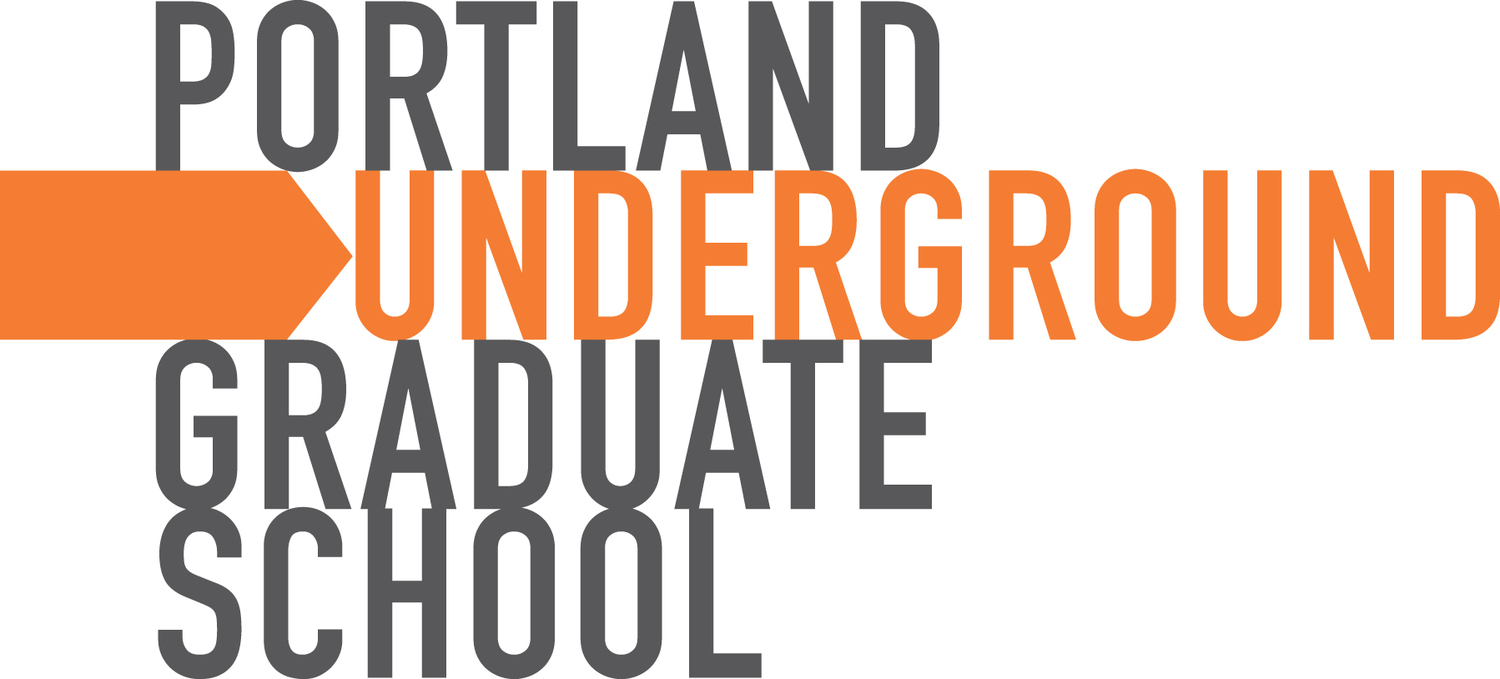Portland's History, Portland's Design (March 2018)
Portland's History, Portland's Design (March 2018)
Discovering the Roots of Portland's Culture in Its Buildings and Streets
Urban developers, creative entrepreneurs, mobile Americans in general —these days Portland seems to be on everyone's map. Fittingly, many of the deepest reasons for our city's popularity are embedded in its own map. As this course will reveal, Portland's design and structures reflect fascinating historical influences that were ahead of their time.
Date: Thursdays, March 8, 15, 22, 29
Time: 7:30pm-9pm
Location: Columbia Center at Saints Peter & Paul Episcopal Church | 247 SE 82nd Ave
$196 individual rate. $296 organization rate. Space is limited to 20 students.
Note: If you are using company funds to pay for your registration, please sign up at the organization rate.
From Portland's tenuous and humble beginnings as a frontier outpost to its current status as a media darling and America’s most popular spot for relocation, our city — the physical presence of it — boasts a colorful, varied, and often tumultuous history. In this course, we will delve into that history, examining maps, architecture, and local folklore to gain a rich, multilayered understanding of how Portland became the city it is today.
Week One: Founders, Fortunes and Sometimes Fraud. Learn about the women and men who carved this city out of a heavily wooded flood plain on the banks of the Willamette. What were their goals and aspirations and how did they go about securing the material wealth that turned their early vision into a successful and thriving city?
Week Two: The Other Portlanders. This session will focus on the often underrepresented contributions of Portland communities outside the dominant mainstream. Women; Africans, Asians, and Native Americans; immigrants from Ireland, Italy, Germany, and Scandinavia; queer people, genderbenders, and countercultural weirdos will all be on the table. We can't leave out our rich Jewish and Muslim American heritage, either.
Week Three: Wood, Cast Iron, Stone, and Steel. Portland possesses a rich architectural heritage. This week, we will examine its development from the first generation of wood structures along Front Street through the cast iron building boom of the 1860s and '70s, to the massive stone and brick structures of the Richardsonian Romanesque and beyond. A variety of 19th-century revival styles and Portland's cutting-edge leadership in 20th-century Modernism will be thoroughly examined as well.
Week Four: How Many Urban Planners Does It Take to Build A City? Why does Portland look the way it does? What is up with the bend to the streets north of Burnside, our tiny square blocks, narrow downtown streets, and Ladd's Addition? Streetcars, bridges, railroads, freeways, bike lanes, and aerial trams will all be in play during our last class in the series.
What previous students have to say about John and his courses:
"John Doyle's knowledge of the architecture of Portland is very impressive and his ability to make it interesting and accessible is excellent. I really enjoyed walking around with our class and interacting with John and my classmates. Being able to get up close and personal to the various sites made it much more rewarding than an in-class presentation could have been."
"John's depth of knowledge and passion for the subject matter is infectious!"
"John has a nice way of including everyone in the conversation so that even those who said they had no prior art history experience contributed interesting insights. That's a gift."
"John's course was a really fun, invigorating, but low pressure way to learn and meet peers."
John Doyle has an M.A. in Art History from Tufts University and is a former Education Department lecturer at the Metropolitan Museum of Art, New York.



